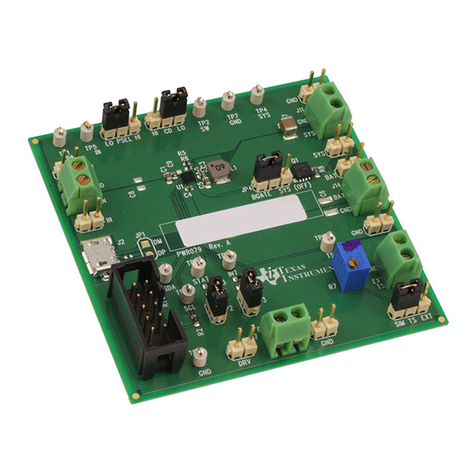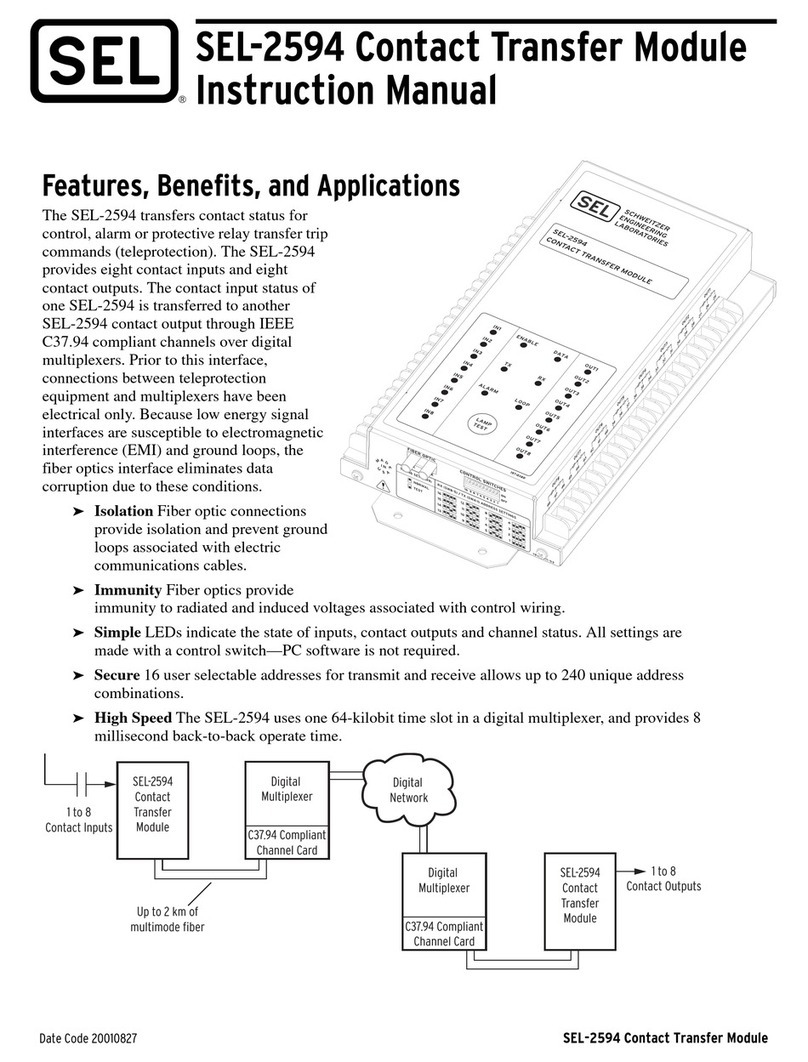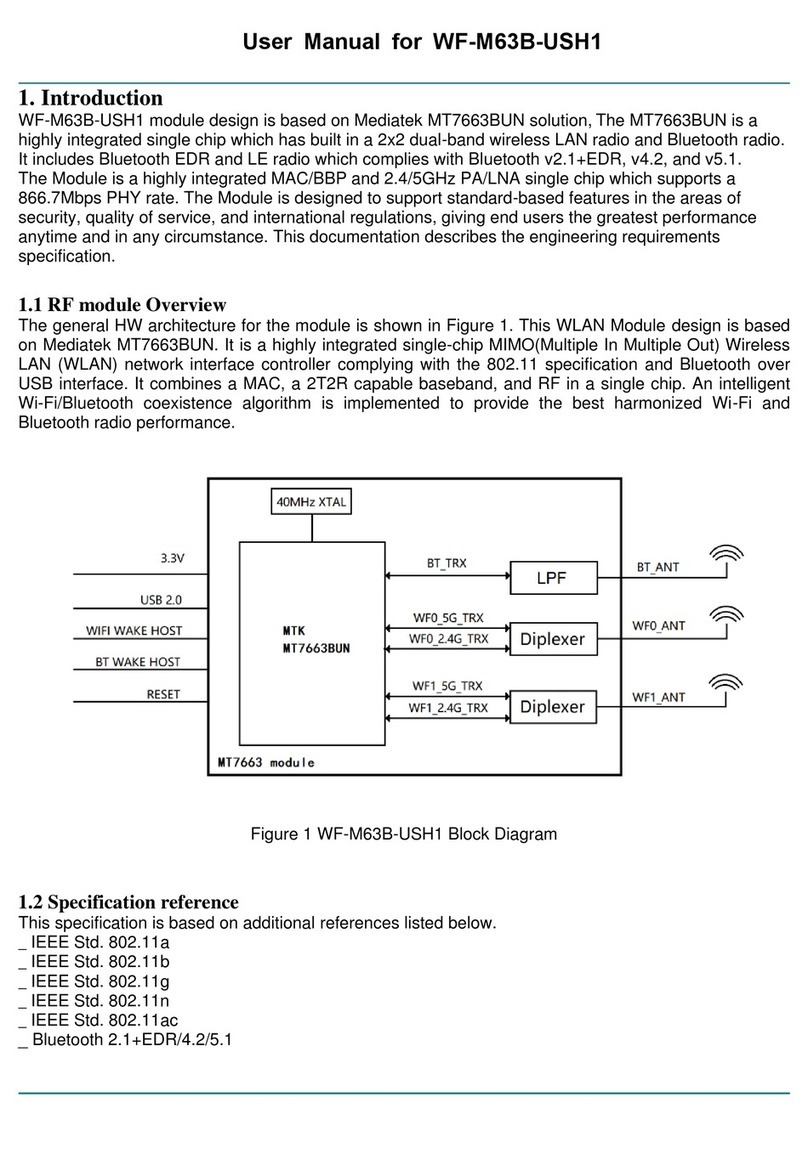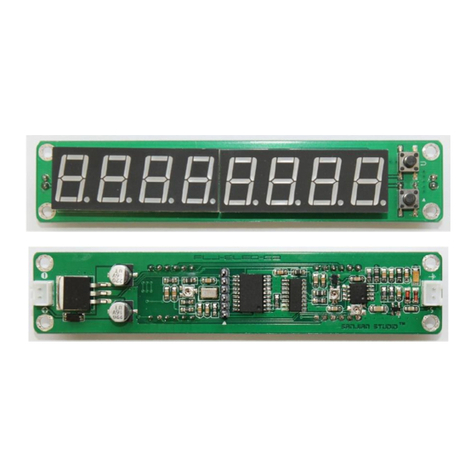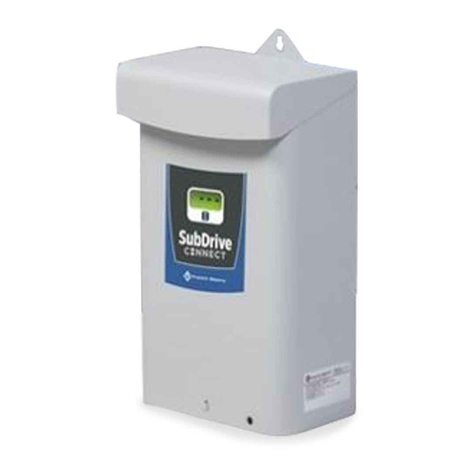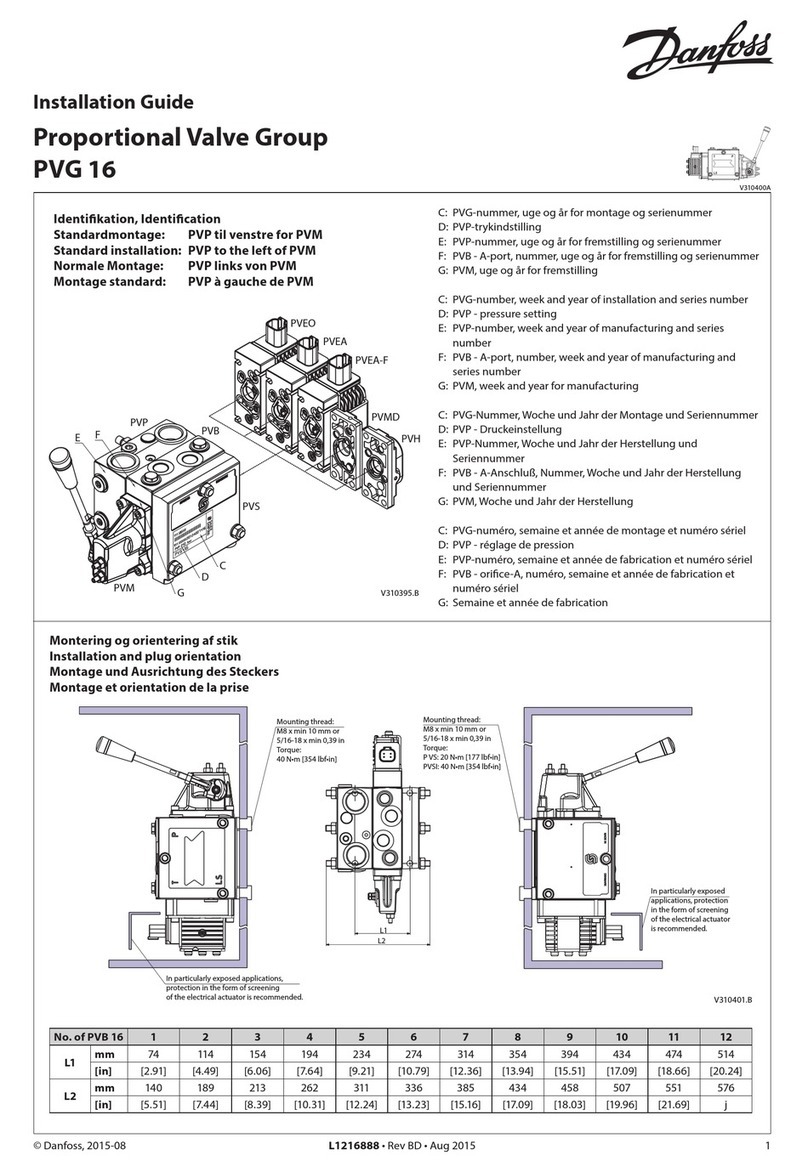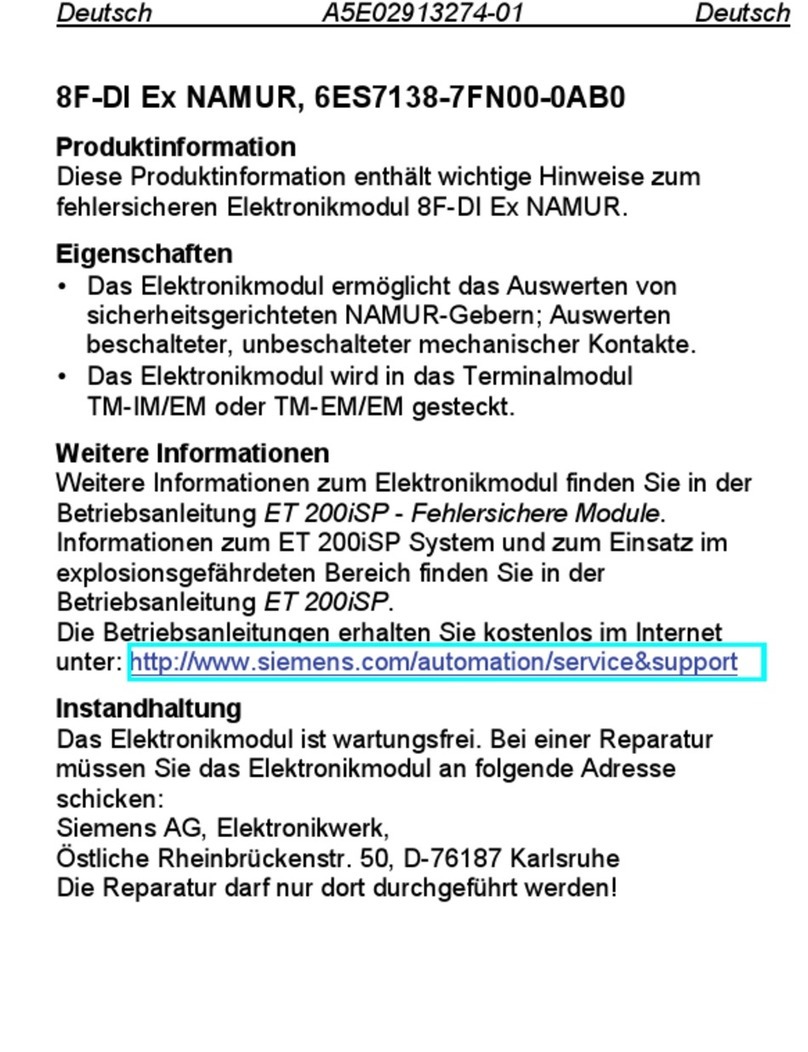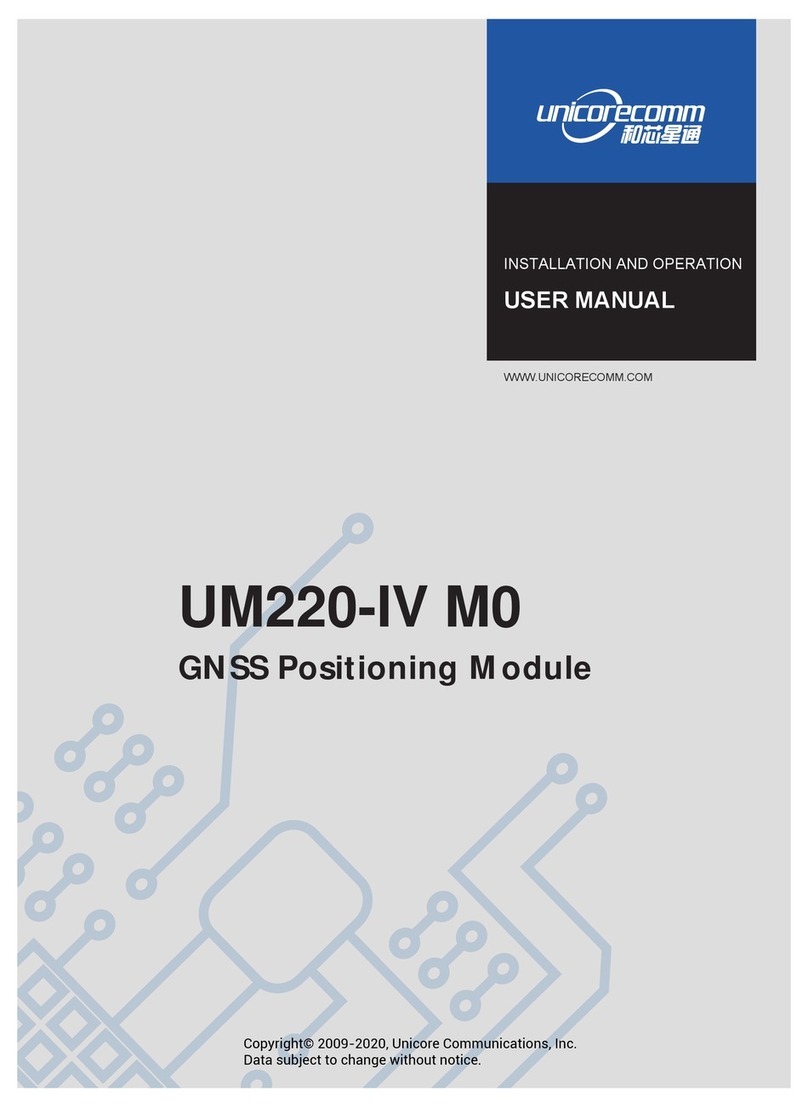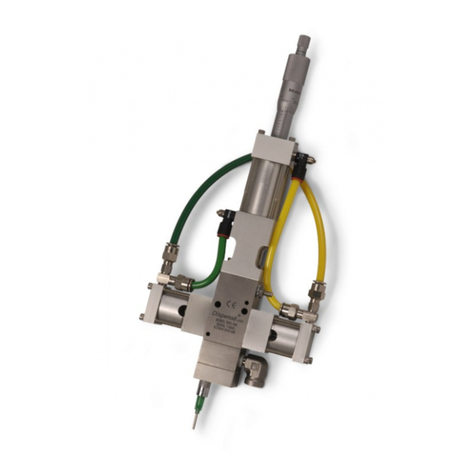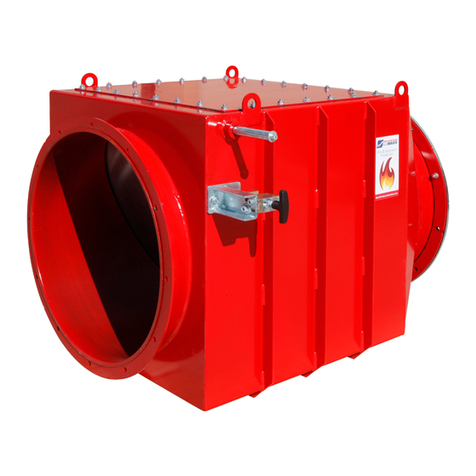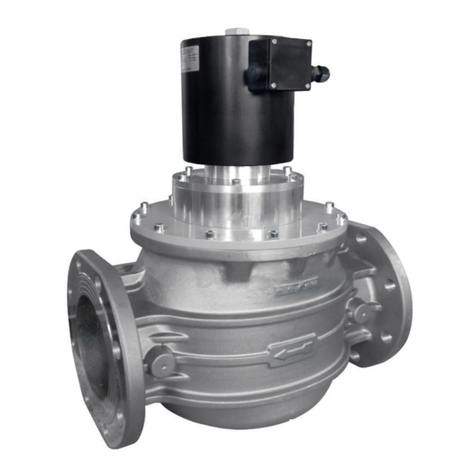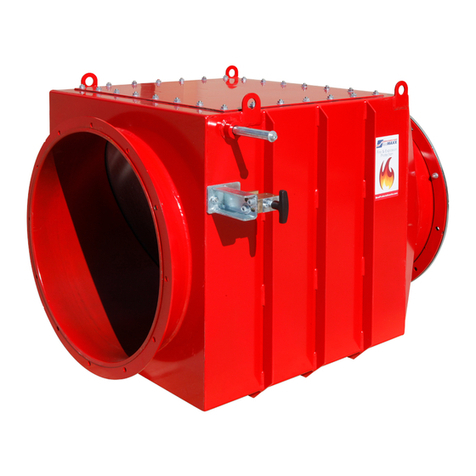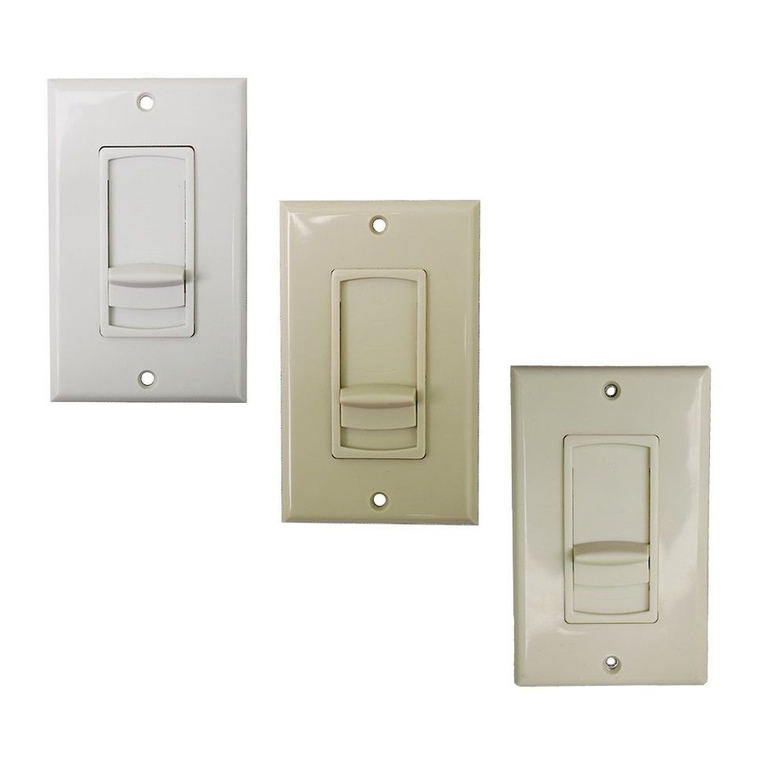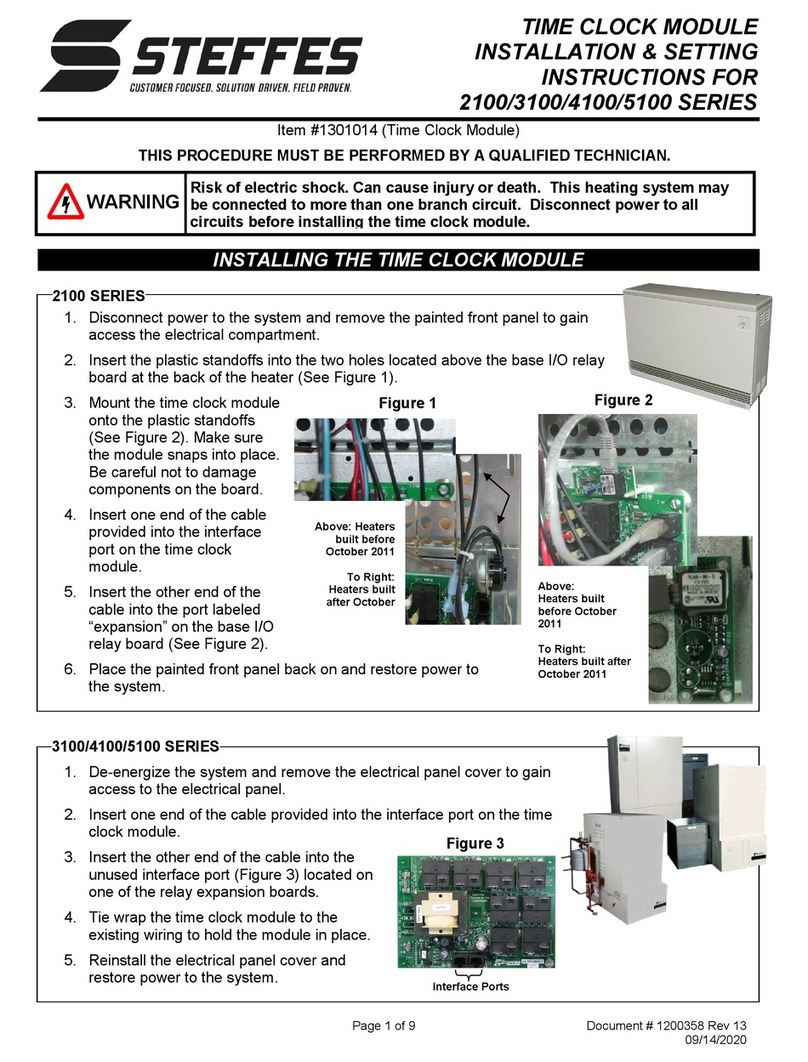
12
EN
6.2 - CPI SWITCH INSTALLATION and CALIBRATION
It is necessary to close the gas prior to installation.
NOTE: CPI connector (19) wiring must be do ensuring a
product rating of IP65;
• Unscrew the cap (14) under the valve body (4);
• In place of the cap (14) screw in the CPI kit (21). Make
sure that between the body (4) and CPI kit (21) there is
the aluminium washer (16);
• Tighten the CPI kit (21) onto the valve body (4) with a
special commercial spanner;
• Before wiring the CPI connector (19), unscrew and remove
the central screw (18);
• Connect the CPI connector (19) terminals 1 and 2 in series
to the signalling device. Use proper cable terminals (see
figures in 3.2);
• WiretheCPIconnector(19)with 2x1mm² cable with external
Ø of 6.7 mm. The cable to be used must be in double sheath,
suitable for outdoor use, with a minimum voltage of 500V
and a temperature of at least 90°C;
• Secure the CPI connector (19), tightening (recommended
tightening torque 0.4 N.m ± 10%) the centre screw (18);
• To calibrate the microswitch loosen the fastening nut (20)
and position (by screwing on or off) the adjustment ring nut
(17 ) so that, with the solenoid valve in a closed position,
the microswitch provides the signal;
• Secure the adjustment ring nut (17 ) in that position by
tightening the nut (20);
• The kit is now installed. Open and close the solenoid valve
(by supplying and cutting off power) 2-3 times to make sure
the microswitch is signalling correctly.
7.0 TRANSPORT, STORAGE AND DISPOSAL
• During transport the material needs to be handled with care,
avoiding any impact or vibrations to the device;
• If the product has any surface treatments (ex. painting,
cataphoresis, etc) it must not be damaged during transport;
• The transport and storage temperatures must observe the
values provided on the rating plate;
• If the device is not installed immediately after delivery it must be
correctly placed in storage in a dry and clean place;
• In humid facilities, it is necessary to use driers or heating
to avoid condensation;
• At the end of its service life, the product is to be disposed of
in compliance with the legislation in force in the country where
this operation is performed.
8.0 WARRANTY
The warranty conditions agreed with the manufacturer at the
time of the supply apply.
For damage caused by:
•Improper use of the device;
•Failure to observe the requirements described herein;
• Failure to observe the regulations pertaining to installation;
• Tampering, modification and use of non-original spare parts;
are not covered by the rights of the warranty or compensation
for damage.
The warranty also excludes maintenance work, other
manufacturers’s assembling units, making changes to the
device and natural wear.




















